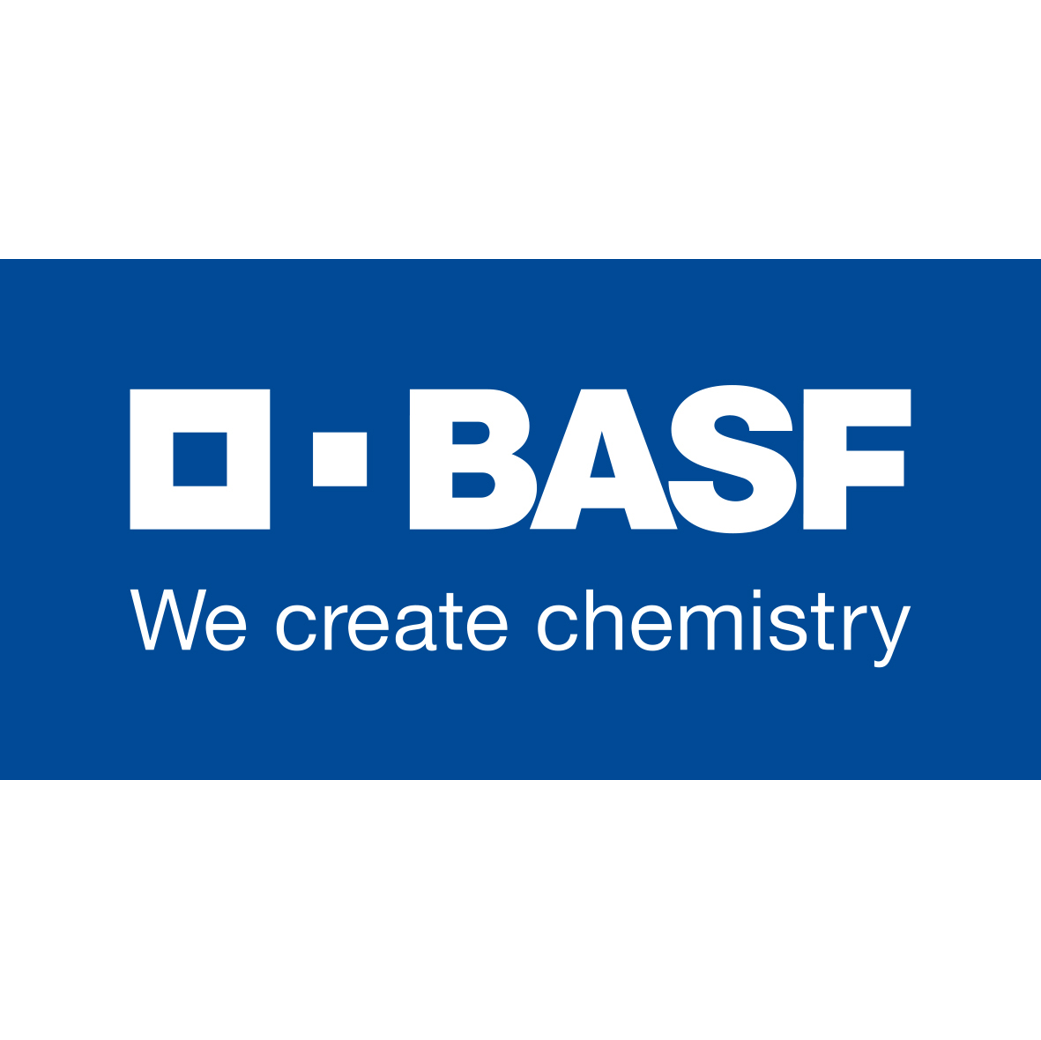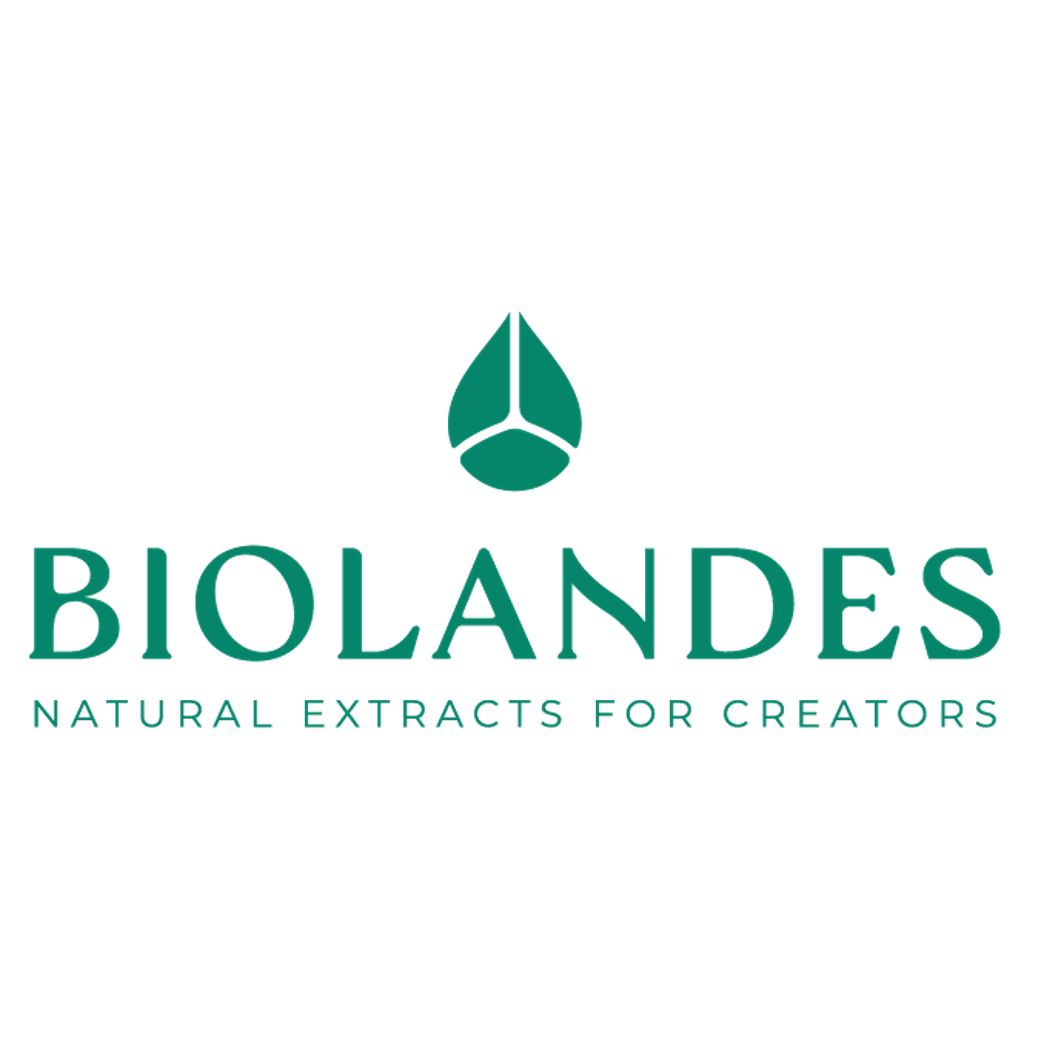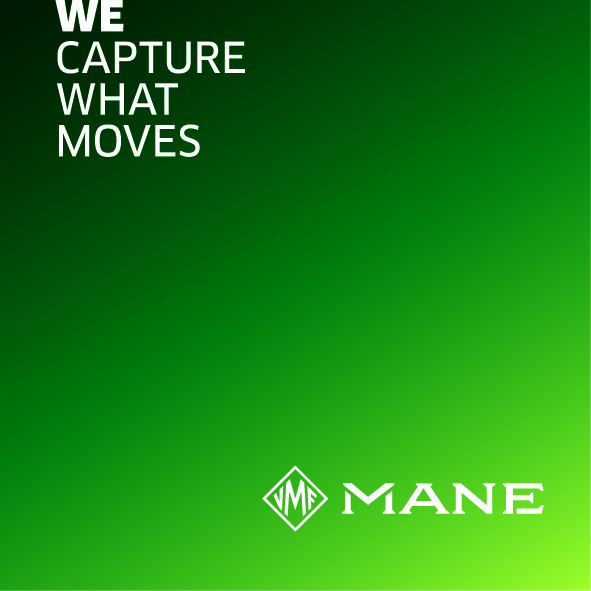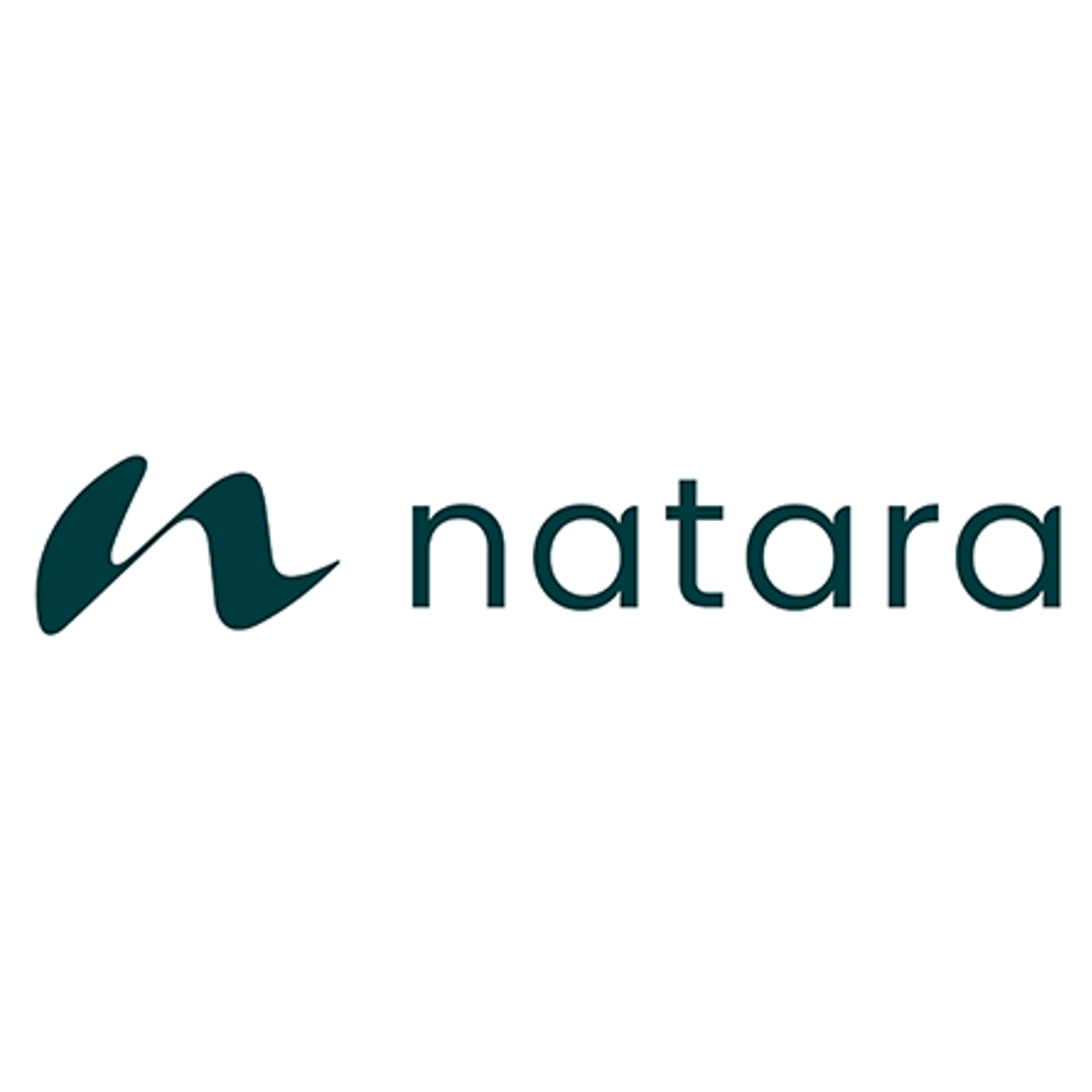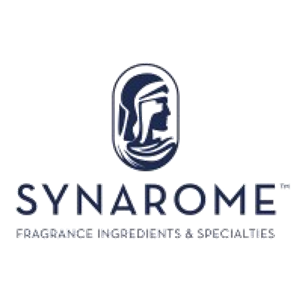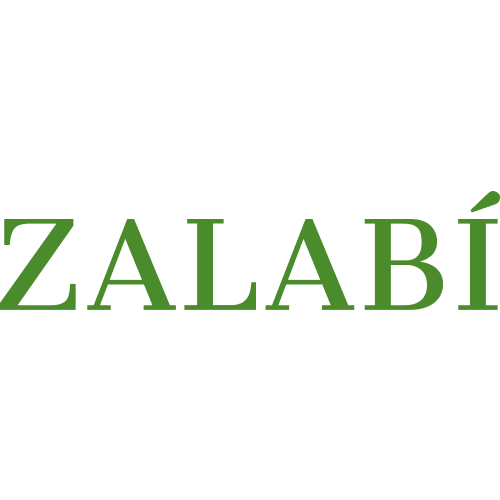
Photo credits: ScenTree SAS
Do you sell any of the raw materials? Would you like to let our users know?
Send an email to fournisseurs@scentree.coto learn about our advertising opportunities.
Do you sell any of the raw materials? Would you like to let our users know?
Send an email to fournisseurs@scentree.coto learn about our advertising opportunities.
General Presentation
-
CAS N° :
64-17-5 -
EINECS number :
200-578-6 -
FEMA number :
2419 -
FLAVIS number :
02.078
-
JECFA number :
41 -
Volatility :
NON TROUVE_N/A -
Price Range :
€
Physico-chemical properties
-
Appearance :
Colorless liquid -
Density :
0,789 -
Refractive Index @20°C :
1,359 -
Optical rotation :
Data not available. -
Vapor pressure :
43.503 mmHg @20°C -
Flash Point :
14°C (57,2°F)
-
Molecular formula :
C2H6O -
Molecular Weight :
46,07 g/mol -
Log P :
-0,35 -
Fusion Point :
-114,1°C (-173,2°F) -
Boiling Point :
79°C (174,2°F) -
Detection Threshold :
Donnée indisponible.
Chemistry & Uses
Uses in perfumery :
Ethanol is the most widely used solvent in fine fragrance. It is used, together with water, to dilute fine fragrance concentrates, for production and stability testing. Water accompanies alcohol in alcoholic perfumes, in accordance with the law giving a maximum alcohol dosage in fine fragrances.
When producing a perfume in the factory, it is important to allow it to macerate for at least two weeks in this solvent. This allows the perfume concentrate to spread and obtain the commercialized smell.
It is strongly recommended to avoid putting alcohol in a perfume concentrate, as well as in a functional base such as those for candles. The flame would then become too large.
Year of discovery :
Data not available.
Natural availability :
Ethanol can only be synthesized from natural products, by maceration of sugar beet or sugar cane for example. However, it cannot be extracted from a natural compound.
Isomerism :
Ethanol has no isomer commonly used in perfumery.
Synthesis precursor :
Ethanol is used for the synthesis of many compounds, perfumes or other fields. For example, the ethyl esters are all synthesized from Ethanol. Ethanol is also one of the sources of instabilities of raw materials in perfumes. It can indeed contribute to the formation of its own diethyl acetal (DEE) or aldehydes for example.
Synthesis route :
Ethanol can be produced in two ways: by hydration of ethylene or by fermentation of yeasts or cellulose. A hydration of ethylene consists in mixing it with water under a high pressure, in the presence of an acidic catalyst such as phosphoric acid, to shift the reaction equilibrium to obtain ethanol. The final reaction product contains 10 to 25% ethanol. This is the process used in perfumery. Fermentation of sugars (from sugar beet or sugar cane, for example) in the presence of yeasts such as Saccharomyces cerevisiae, are generally used for the preparation of alcoholic beverages.
Stability :
Data not available.
Other comments :
Ethanol can be denatured for its use in perfumery. The most used denaturant is Diethyl Phtalate, making it unsuitable for oral consumption.
The reason for its use in fine perfumery is its volatility. When it evaporates, it leaves a thin layer of concentrated perfume on skin or on smelling strips, allowing to feel the fragrant principle of the perfume solely.
IFRA
IFRA 51th :
This ingredient is not restricted for the 51th amendment





